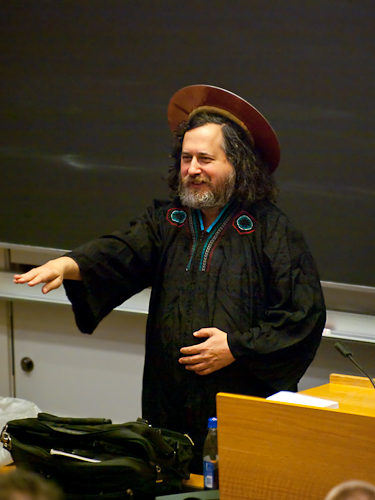The Impact Video option also uses that power rail.




























hamei wrote: In SGI-land, video and graphics are two separate things. Graphics is display on a monitor, video is .. well, video :)
At the same time, Silicon Graphics did not have a real recordable video output board yet. DiaQuest proposed a stand-alone product containing a rack mount PC and Truevision Targa board. DiaQuest worked closely with SGI and WaveFront (a leading 3D graphics company along with competitors Alias and SoftImage) to market rendering output devices to VTR.
DiaQuest provided a crucial element for SGI by developing frame-accurate products for real-time capture and layoff, both standard def and HD. DiaQuest worked closely with the SGI engineering team to develop the tight timing standards needed to guarantee absolute frame accuracy.
DiaQuest ported their Animaq editing product to Irix for the SGI platform to support the expanding animation market.
















behrz wrote: * 79cols x 42 rows
* Background color #00004D













































In ISO C99 you can give the elements in any order, specifying the array indices or structure field names they apply to, and GNU C allows this as an extension in C89 mode as well.
To specify an array index, write [index] = before the element value. For example,
int a[6] = { [4] = 29, [2] = 15 };
An alternative syntax for this which has been obsolete since GCC 2.5 but GCC still accepts is to write [index] before the element value, with no =.




just run everything behind a router/firewall and you're fine. general, golden rule; goes for all systems.




















vishnu wrote: On my Octane, if I do man tcsh | grep -i color it says "George Hartzell, MCD Biology, University of Colorado-Boulder, 1988" :shock:

























dexter1 wrote: But then we need to find a person with a working R4400@250MHz and a serial cable to do it.












ivelegacy wrote: According to TypeScript Language Specification, Version 1.6, August, 2015, in Microsoft they guess that you can
and TypeScript actually aims to fix issues in JavaScript by a meta-compiling technique















